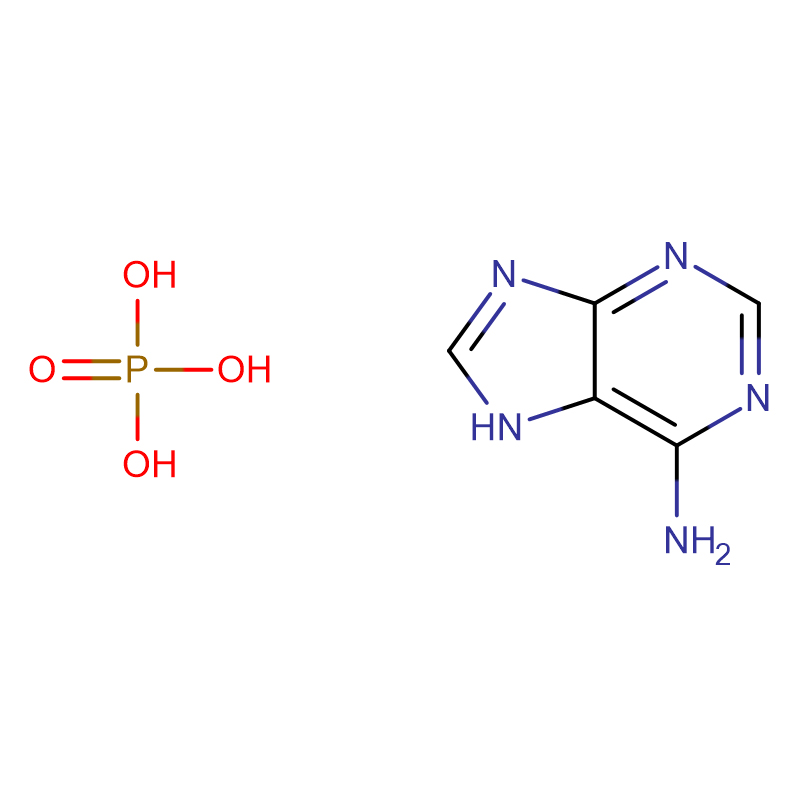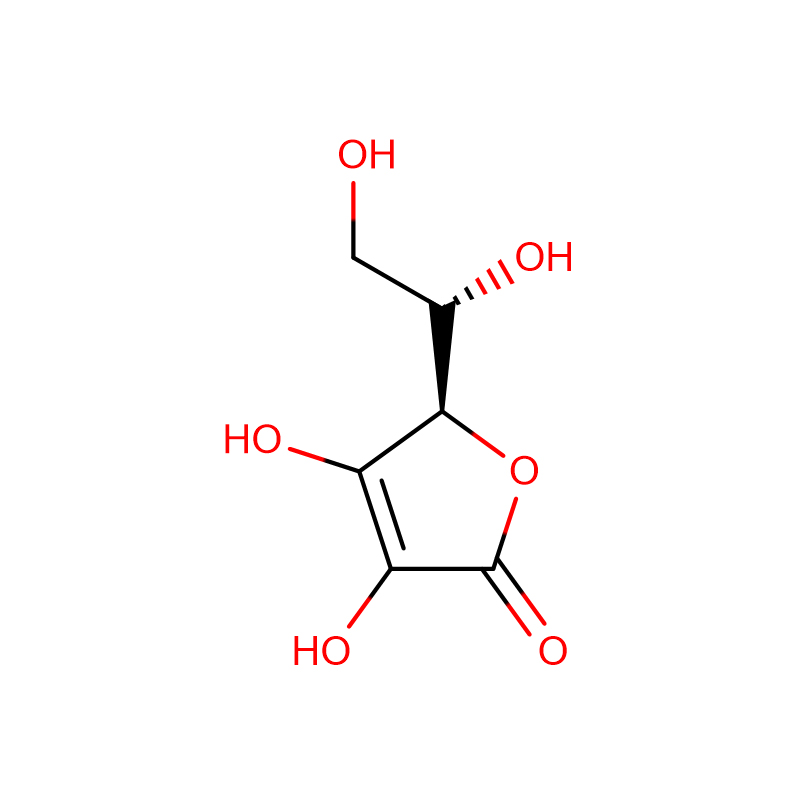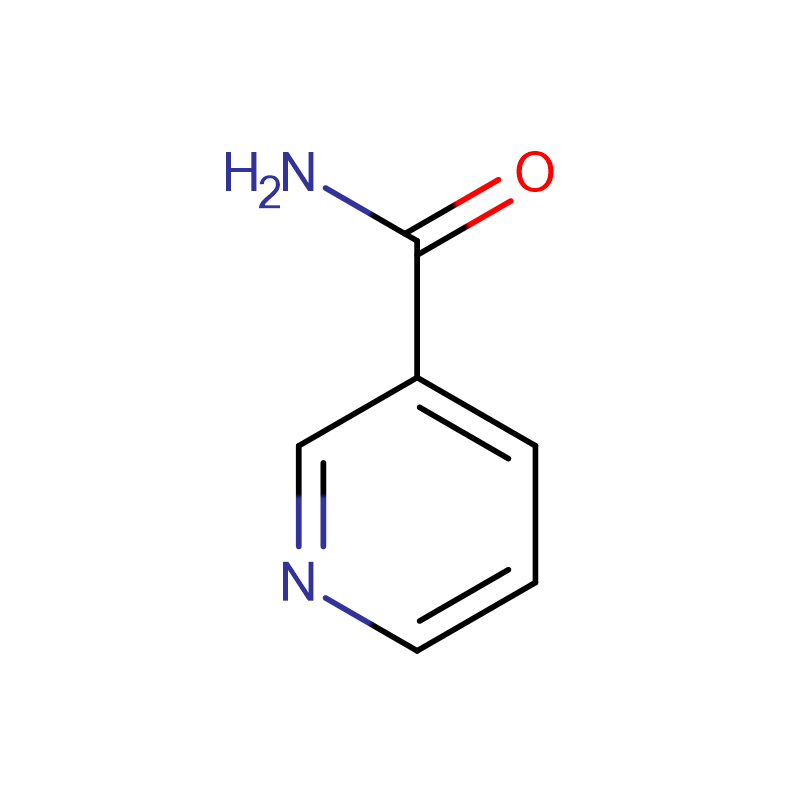D-Pantothenic acid hemicalcium salt Cas: 137-08-6 White powder 99%
| Catalog Number | XD90443 |
| Product Name | D-Pantothenic acid hemicalcium salt |
|
CAS |
137-08-6 |
|
Molecular Formula |
C18H32CaN2O10 |
|
Molecular Weight |
476.54 |
| Storage Details | 2 to 8 °C |
| Harmonized Tariff Code | 29362400 |
Product Specification
|
Appearance |
White powder |
|
Assay |
99% |
|
Heavy metals |
<0.002% |
|
Loss on Drying |
<5% |
|
Calcium |
8.2 - 8.6% |
|
Impurities |
<1% |
|
Specific optical rotation |
+25 to +27.5 |
|
Nitrogen |
5.7 - 6.0% |
It is thought that both exercise and dietary composition increase the utilization of, and thus the requirement for, certain water-soluble vitamins. However, there have been no studies evaluating the combined impacts of exercise and dietary composition on vitamin utilization. In this experiment, rats were fed a pantothenic acid (PaA)-restricted (0.004 g PaA-Ca/kg diet) diet containing 5% (ordinary amount of dietary fat) or 20% fat (high fat), and were forced to swim until exhaustion every other day for 22 d. PaA status was assessed by urinary excretion, which reflects body stores of water-soluble vitamins. The urinary excretion of PaA in rats fed a 5% fat diet was not affected by swimming (5% fat + non-swimming vs. 5% fat + swim; p>0.05). Excretion of PaA was decreased by the high-fat diet (5% fat + non-swim vs. 20% fat + non-swim; p<0.05) and synergistically decreased by exercise (20% fat + non-swim vs. 20% fat + swim; p<0.05). There was a significant interaction between exercise and a high-fat diet. Plasma PaA concentrations showed changes similar to those seen for urinary excretion. The experiment was then repeated using rats fed a PaA-sufficient (0.016 g PaA-Ca/kg diet) diet, and PaA excretion was again synergistically decreased by the combination of exercise and a high-fat diet (p<0.05). These results suggest that the combination of exercise and a high-fat diet synergistically increases the requirement for PaA.








